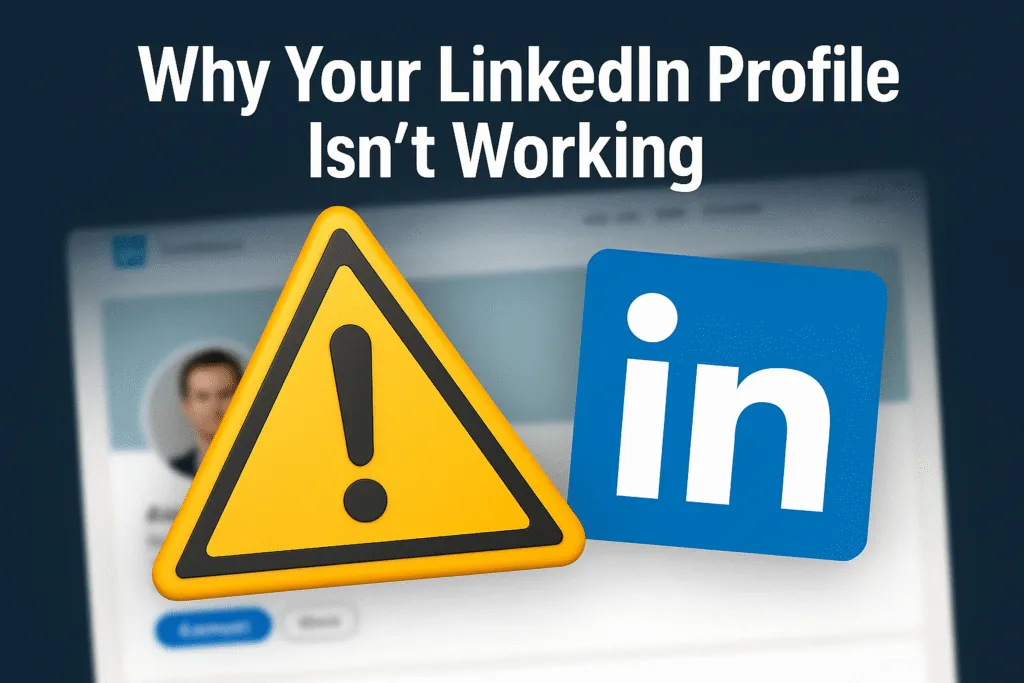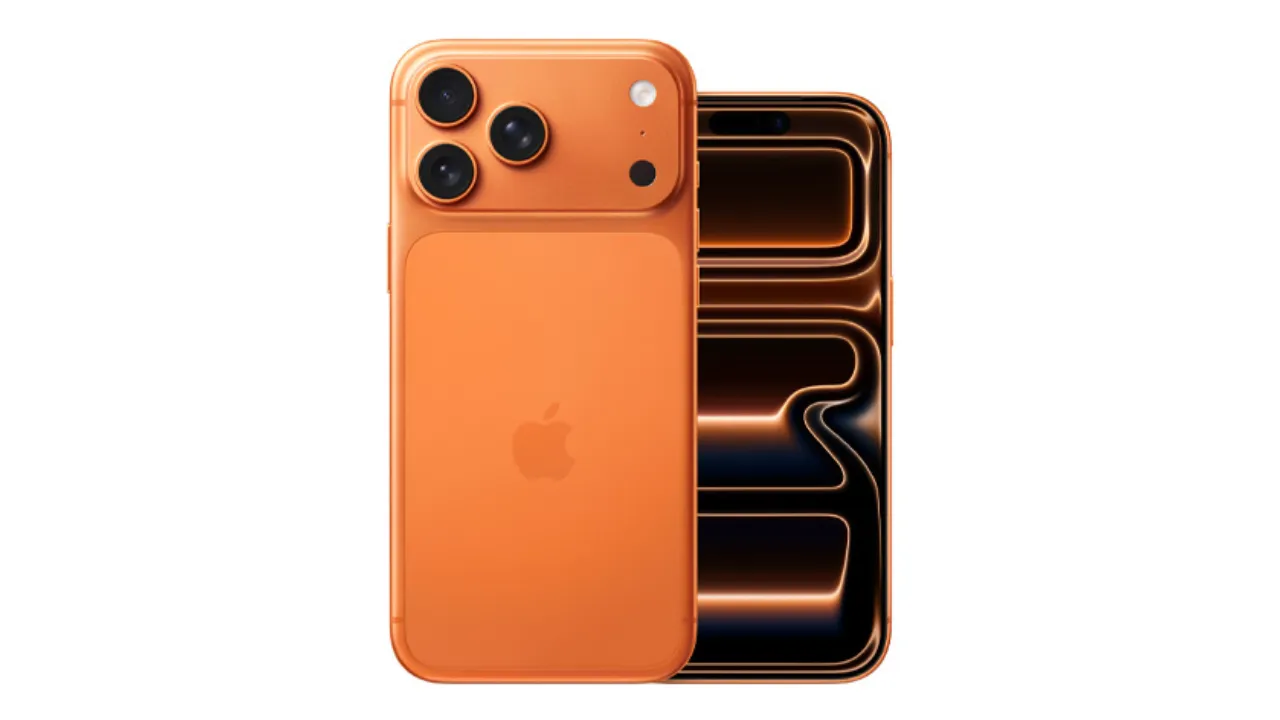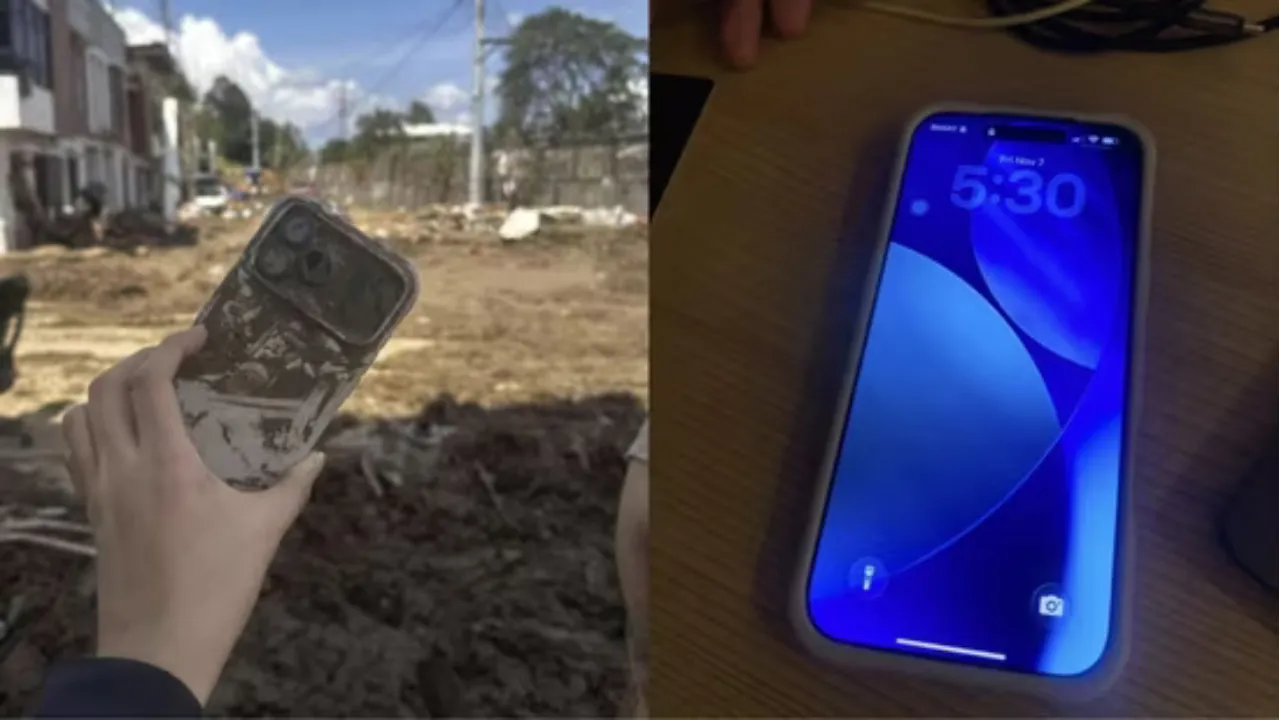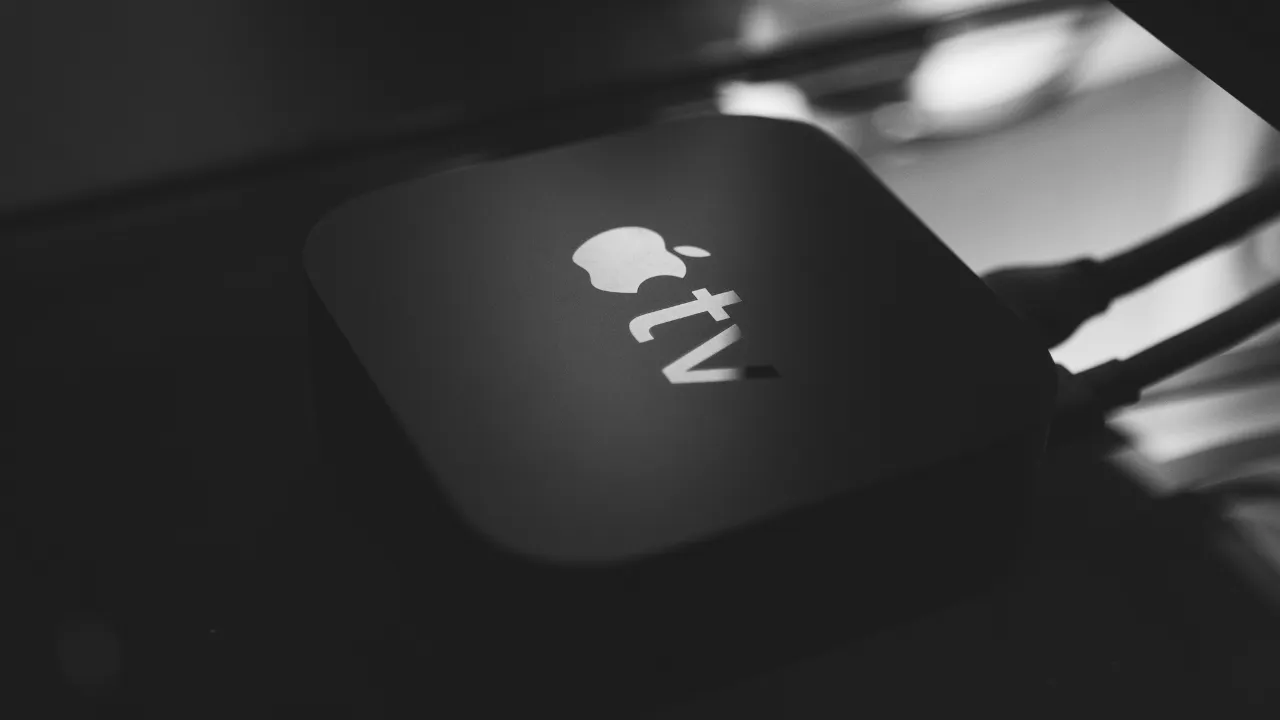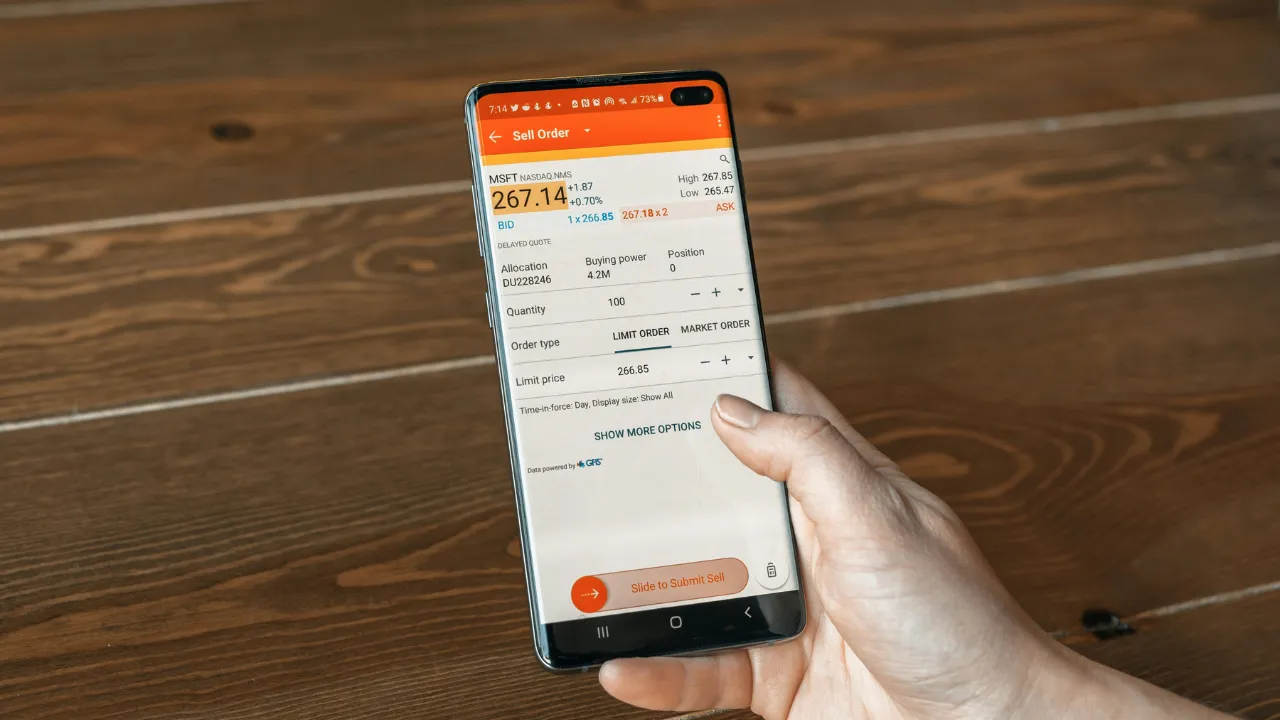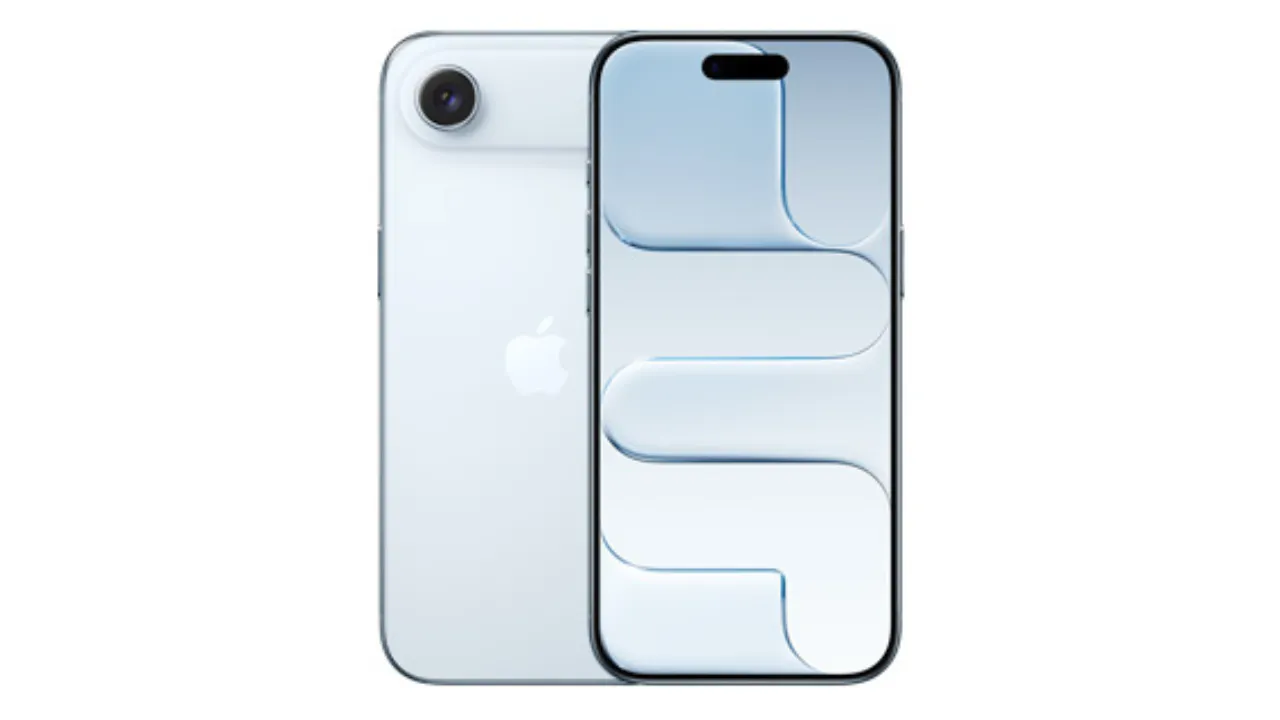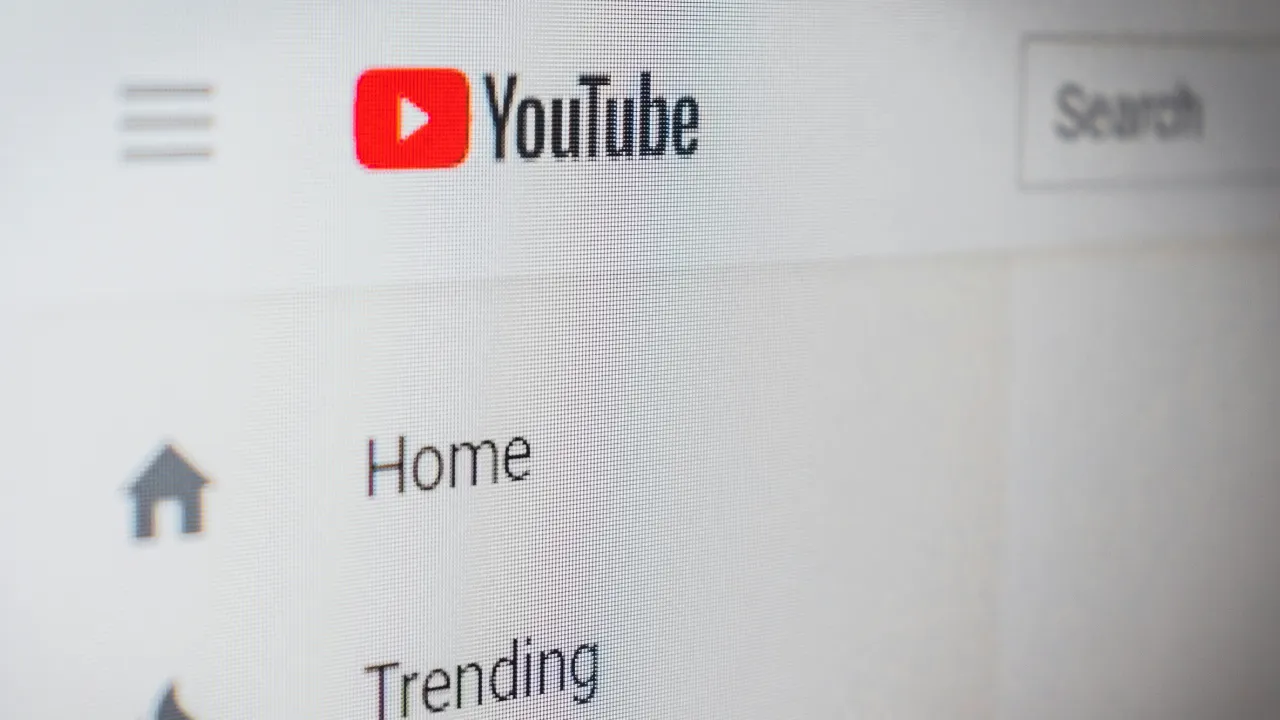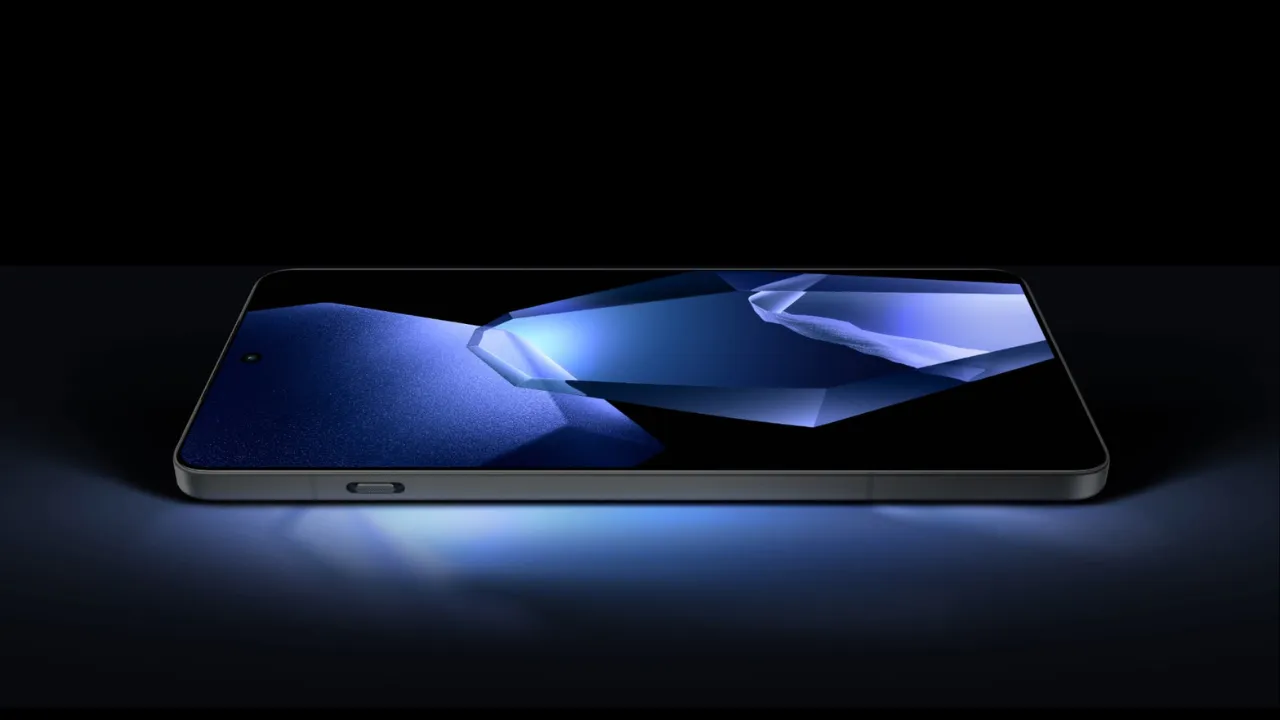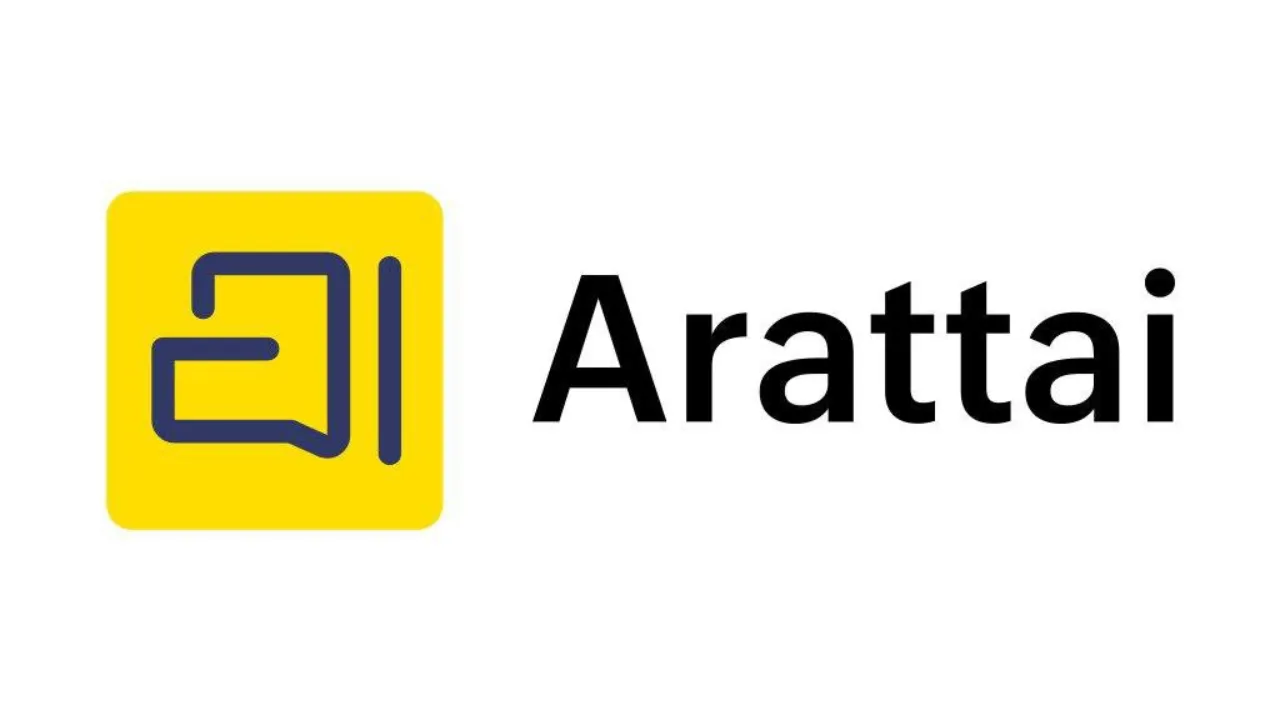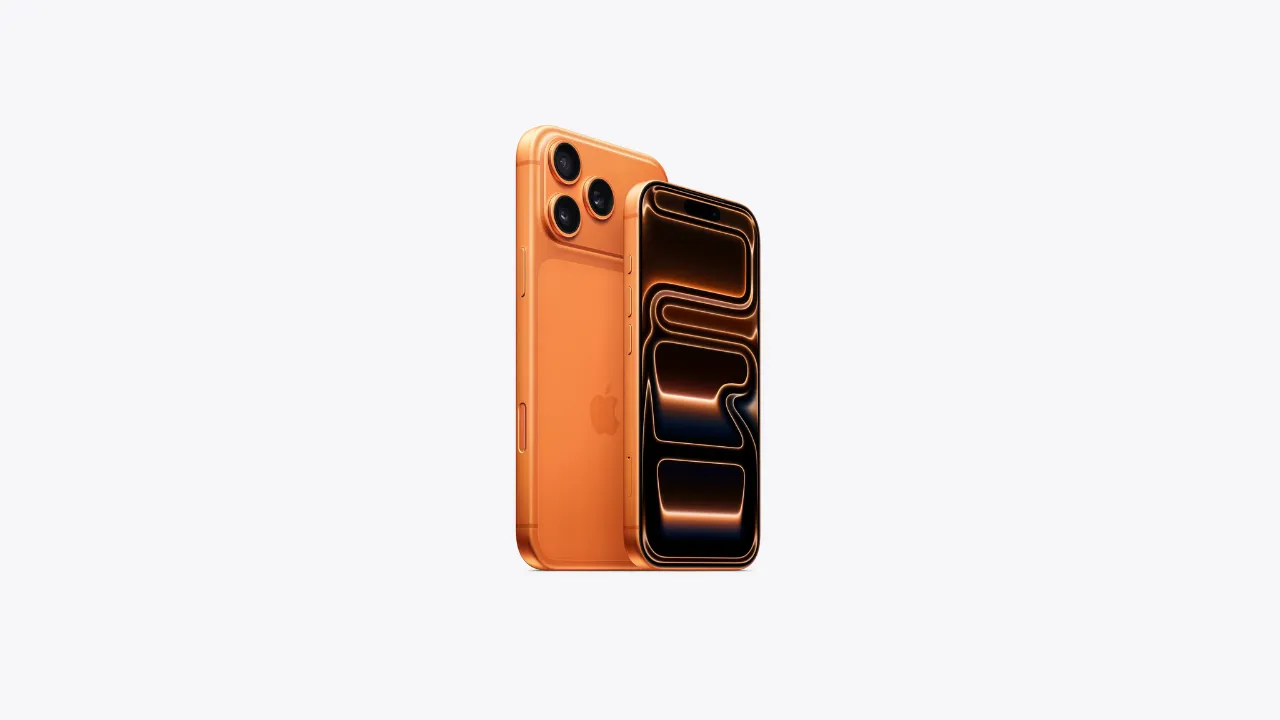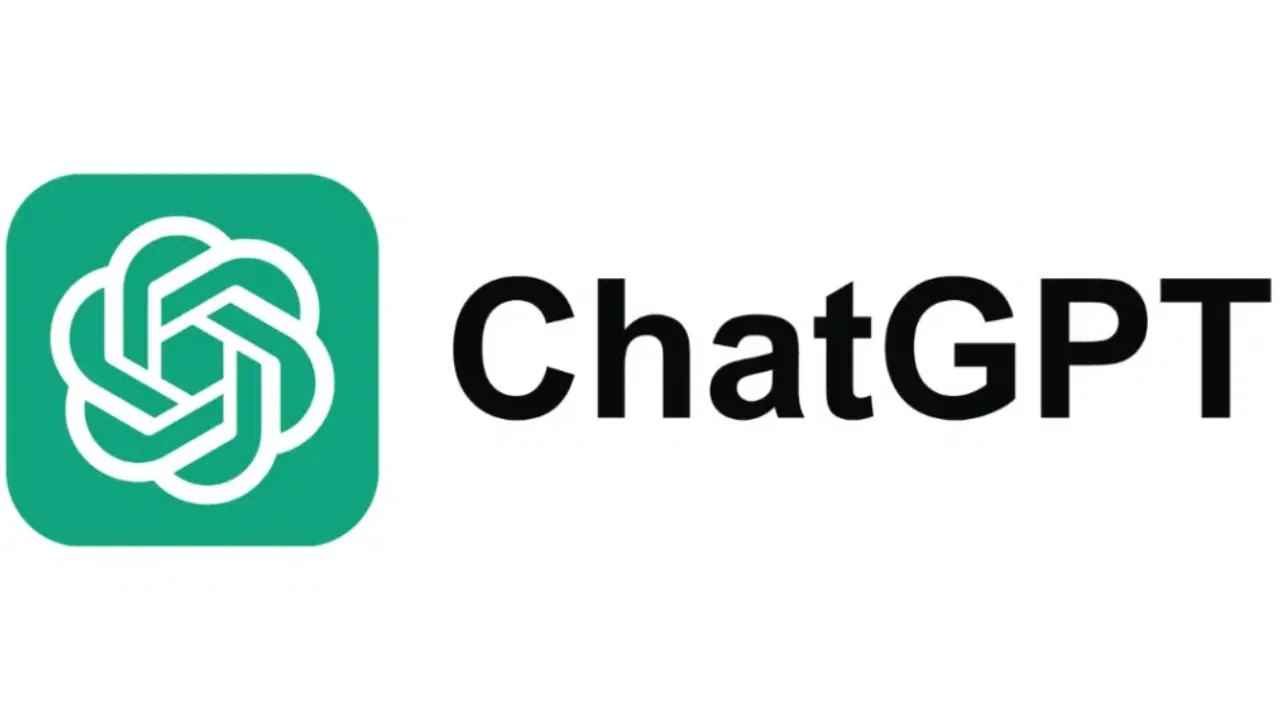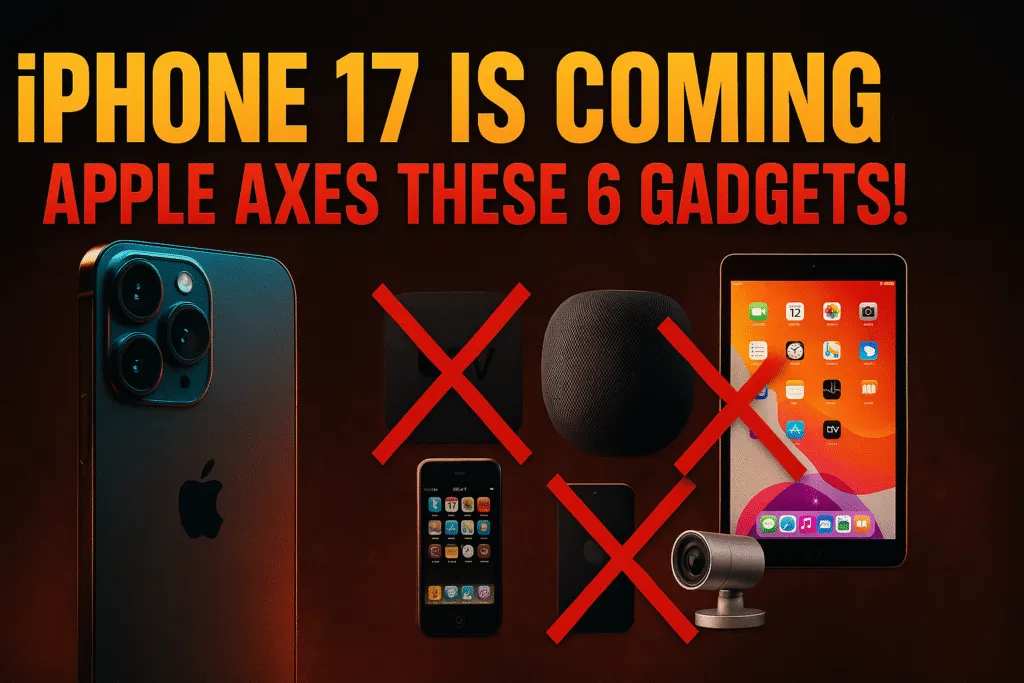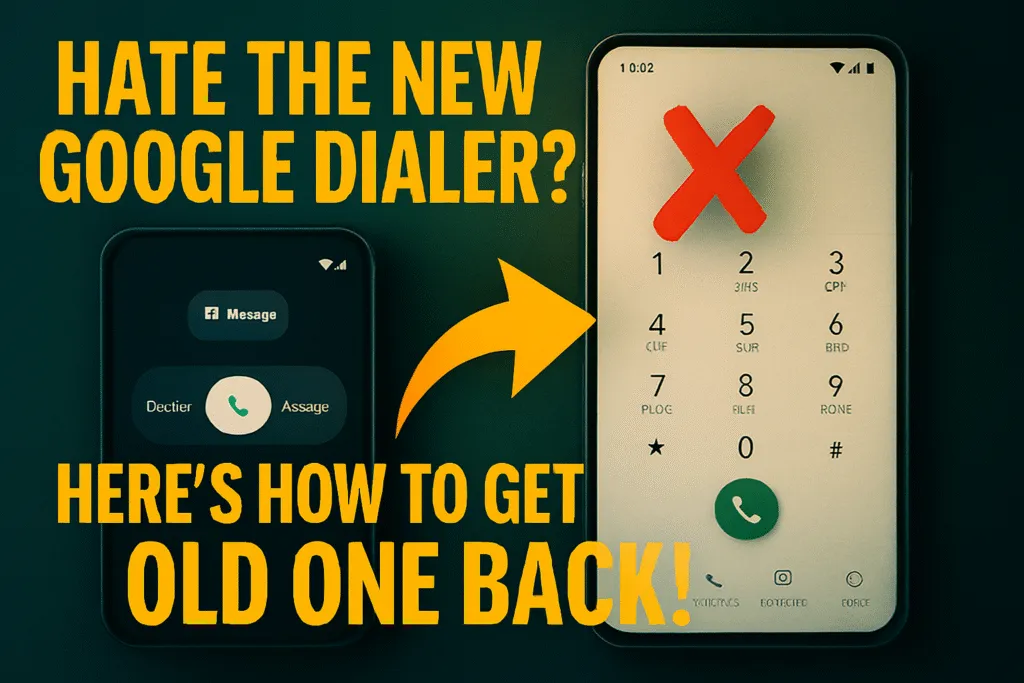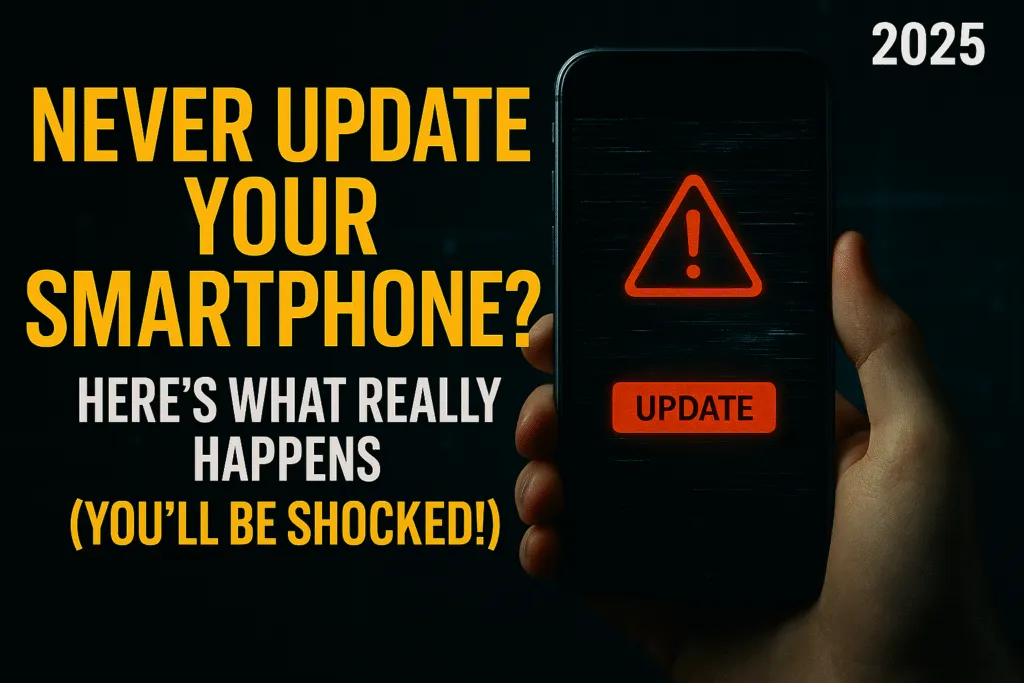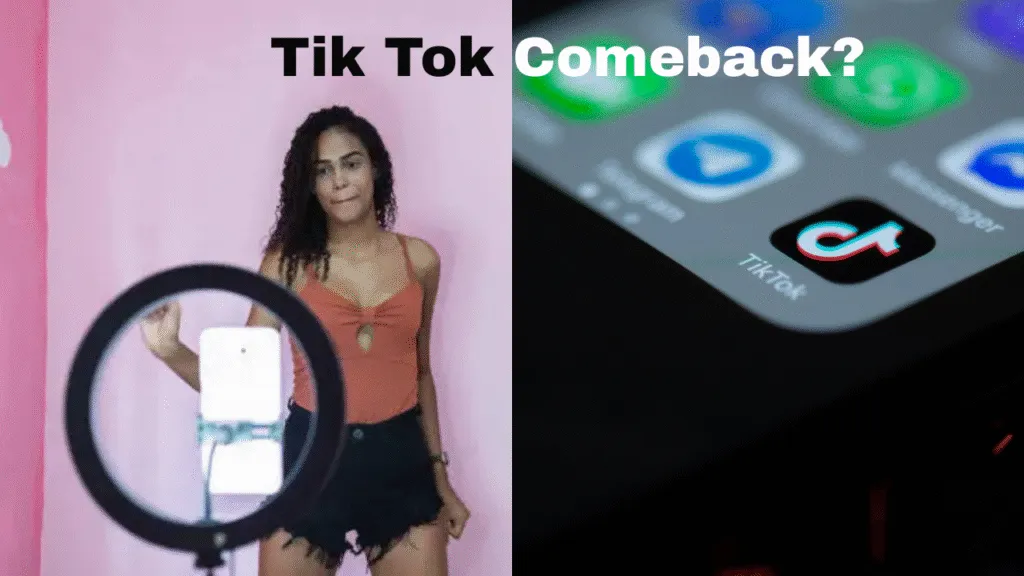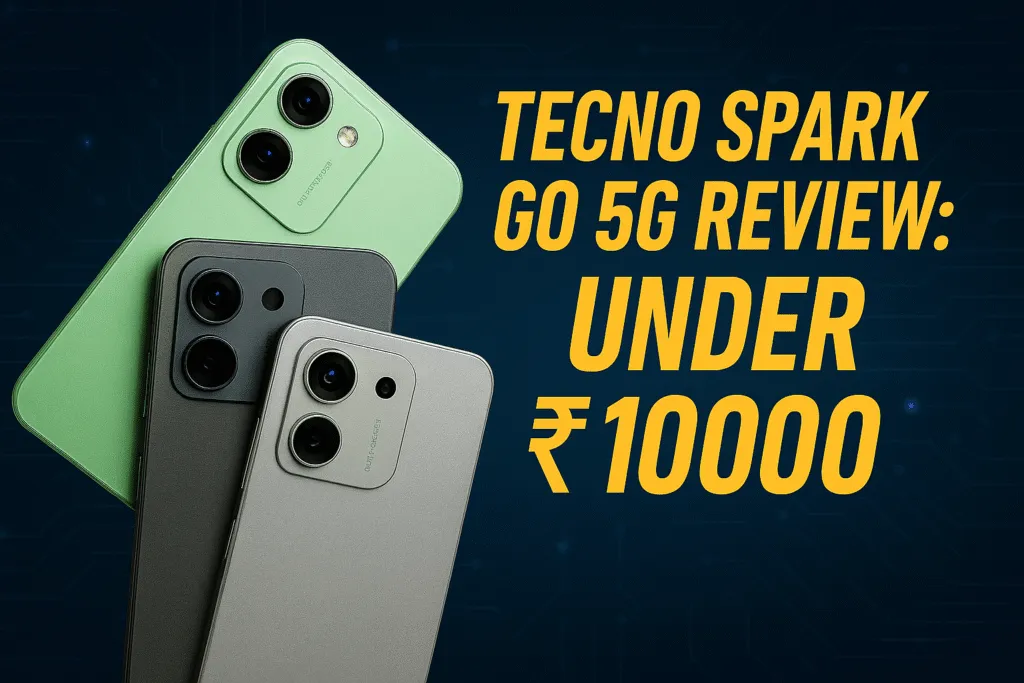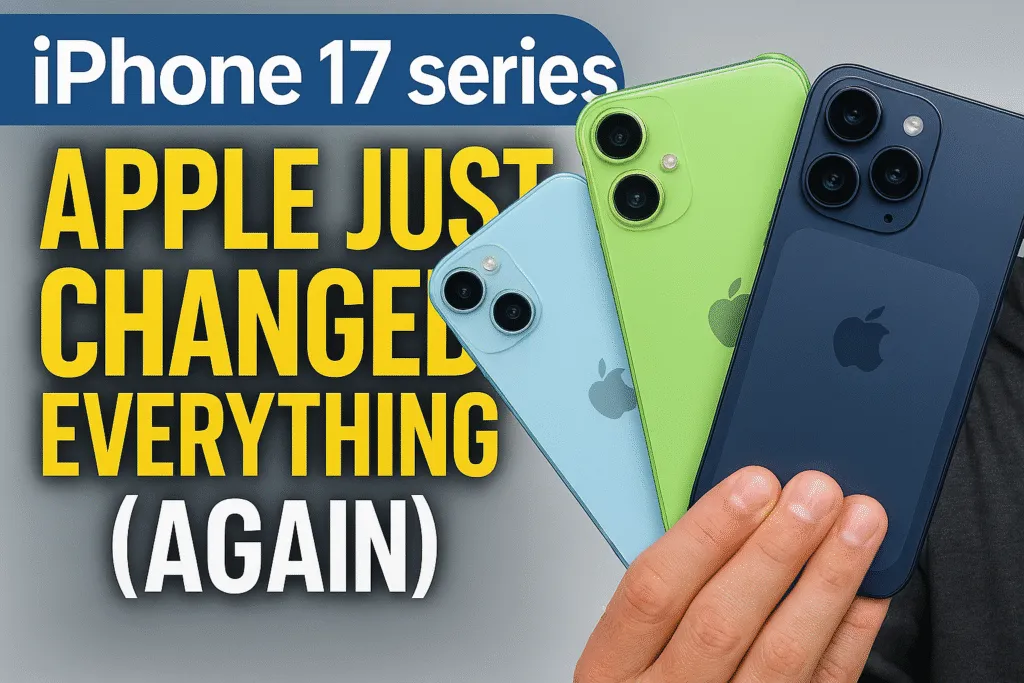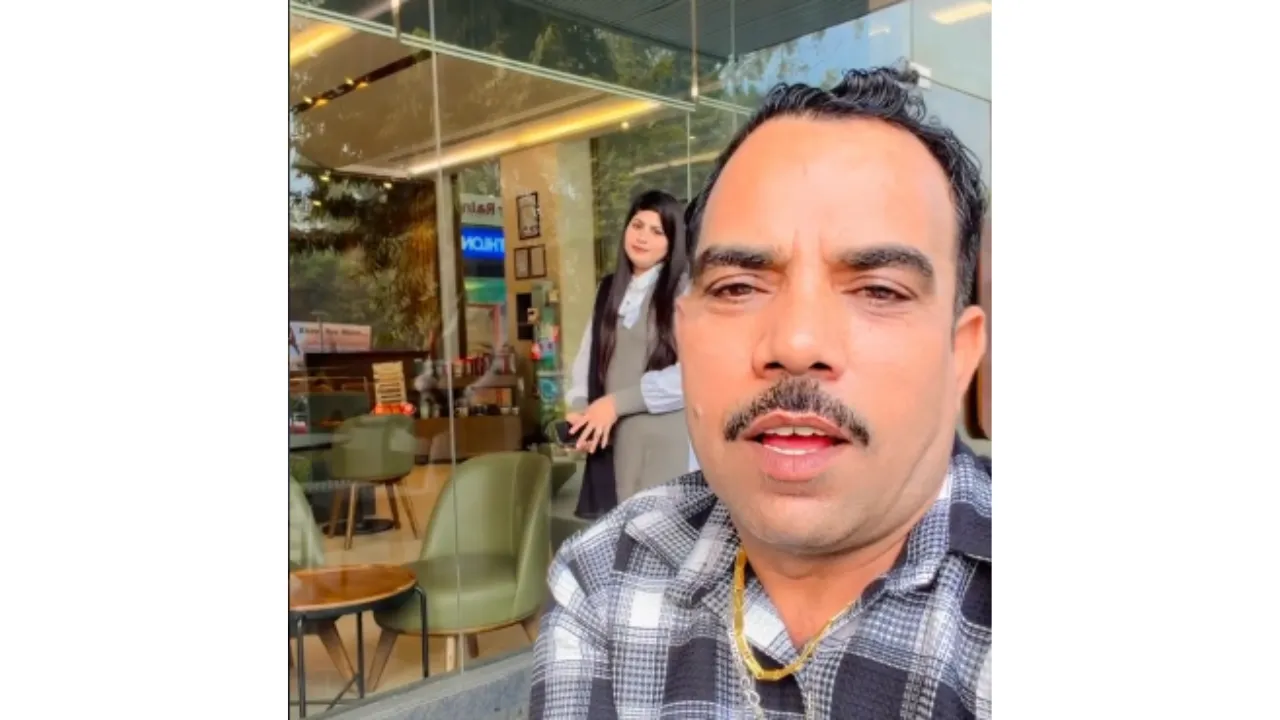Why Your LinkedIn Profile Still Matters in 2025
In today’s fast-changing digital landscape, your LinkedIn profile is more than just an online resume—it’s your professional identity. As we move further into 2025, the relevance of a well-crafted LinkedIn presence has only increased. Recruiters, clients, collaborators, and even potential employers are now using LinkedIn as their first point of reference to learn about you. If your profile doesn’t represent your current skills, achievements, and goals, you’re likely missing out on valuable opportunities.
With remote work on the rise and global competition becoming the norm, your LinkedIn profile plays a key role in helping you stand out. It’s not just about listing job titles and companies; it’s about telling your professional story in a way that builds trust and credibility. A complete and optimized profile gives you a competitive edge, especially when recruiters use filters and keywords to find talent in their industry.
Even if you’re not actively job hunting, having a strong LinkedIn profile helps grow your personal brand. It shows that you take your career seriously and allows others to see your expertise, endorsements, and content. This visibility often leads to speaking invitations, freelance gigs, mentorship opportunities, and collaborations.
LinkedIn’s algorithm favors profiles that are active and up to date. If you’re regularly updating your skills, sharing insights, and engaging with your network, your profile will be more visible—not just to your connections but also in search results. In short, maintaining your LinkedIn profile isn’t just a one-time task; it’s an ongoing investment in your professional future.
In 2025, where digital presence defines first impressions, your LinkedIn profile remains one of the most powerful tools to grow, connect, and succeed in your career. LinkedIn remains the go-to platform for professionals, recruiters, and businesses.
Signs Your LinkedIn Profile Isn’t Working
You might have a LinkedIn profile, but is it actually working for you? Many professionals assume that just having a profile is enough, but the truth is, an inactive or poorly optimized LinkedIn presence often goes unnoticed. If you’re not getting results, it’s time to step back and evaluate. Here are some common signs that your LinkedIn profile isn’t doing its job.
One of the first red flags is a lack of profile views or connection requests. If people aren’t finding or engaging with your profile, it could mean your visibility is too low. This might be due to missing keywords, a weak headline, or simply not being active on the platform. Your profile needs to show up in searches—and for that, it must be complete and optimized.
Another major sign is when recruiters aren’t reaching out, even though you’re open to work. LinkedIn is a powerful hiring tool, but recruiters use filters and search algorithms to find potential candidates. If your LinkedIn profile isn’t aligned with their search criteria, you’ll never appear in their radar. Lack of relevant skills, poor summaries, or missing job descriptions can all contribute to this problem.
If you’re regularly posting but getting very low engagement, that’s another indicator your profile may be weak. Sometimes it’s not the content—it’s the lack of profile credibility or incomplete information that turns people away before they engage.
Finally, if you’re seeing no inbound opportunities—no messages, collaboration invites, freelance offers, or professional inquiries—your LinkedIn profile might not be showcasing your value clearly enough. A good profile doesn’t just describe who you are; it should communicate what you offer and who you help.
Recognizing these signs early is key to fixing them before they cost you real opportunities. Studies show that over 70% of recruiters check LinkedIn before hiring.
The Most Common Mistakes People Make on LinkedIn
Having a LinkedIn profile is one thing—making it work is another. Many professionals unknowingly make simple yet costly mistakes that limit their visibility and credibility. These mistakes may seem minor, but they collectively reduce the chances of showing up in searches, attracting recruiters, or building meaningful connections. Let’s look at the most common errors that might be holding your LinkedIn profile back.
One of the biggest mistakes is having an incomplete or outdated profile. If your job history ends in 2022 or your skills section is empty, it sends a message that you’re not active or engaged. LinkedIn rewards complete and current profiles, so keeping everything up to date is essential.
Another often-overlooked detail is a poor profile picture and headline. A low-quality image or no image at all creates a bad first impression. Similarly, a generic headline like “Student” or “Job Seeker” doesn’t communicate value. Your headline should highlight your expertise or what you offer professionally.
A weak summary or “About” section is also a missed opportunity. This section should tell your story in a compelling, human way while naturally including relevant skills. Many users either skip this part or write it in a way that sounds robotic or vague.
Then there’s the issue of no keywords or SEO optimization. Recruiters use keywords to search for talent, and if your LinkedIn profile doesn’t include the right terms for your industry, you simply won’t show up. Be intentional about adding relevant skills, tools, and job-related terms.
Lastly, a lack of activity or engagement can make your profile appear dormant. LinkedIn is a social platform—regular posts, comments, and interactions show that you’re active and involved in your field. Avoiding these common mistakes is the first step to turning your LinkedIn profile into a career asset.
How to Fix Your LinkedIn Profile (Step-by-Step)
If your LinkedIn profile isn’t generating results, the good news is—it’s fixable. With a few strategic updates, you can turn a stagnant profile into a powerful personal branding tool. Here’s a simple step-by-step guide to help you get your LinkedIn profile back on track.
Start by optimizing your headline and profile picture. Your headline is one of the first things people see, so make it specific and value-driven. Instead of just listing your job title, include what you do and who you help. Pair it with a clear, high-quality headshot that looks professional and approachable. A good first impression goes a long way on LinkedIn.
Next, focus on your “About” section. Write a compelling summary that tells your story—what you do, why you do it, and what makes you unique. This is your chance to show personality while staying professional. Use natural language, and don’t be afraid to talk about your goals and values.
Make sure to add relevant skills, certifications, and achievements. This helps reinforce your credibility and allows recruiters to see what you bring to the table. Prioritize current, in-demand skills related to your industry, and reorder them so the most important ones appear at the top.
Another simple yet impactful step is to customize your LinkedIn URL. A clean, branded URL looks more professional and makes it easier to share your profile on resumes, emails, and portfolios.
Finally, use targeted keywords recruiters search for. Sprinkle these naturally throughout your headline, summary, experience, and skills section. Think like a hiring manager—what would they search to find someone like you?
With these changes, your LinkedIn profile becomes more than just a static page—it becomes a living tool that opens doors to opportunities.
The Power of Engagement: What to Post and How Often
A well-optimized LinkedIn profile is just the beginning. What truly sets you apart on the platform is consistent and meaningful engagement. If your profile is complete but you’re not active, you’re missing out on LinkedIn’s real power—visibility, credibility, and connection-building. Knowing what to post and how often can help you turn your LinkedIn profile into an active professional hub.
Start by focusing on content ideas for professionals. You don’t need to be a content creator to share valuable insights. Post about your personal experiences, career lessons, recent projects, industry trends, or useful resources. Even a short reflection on something you learned recently can spark meaningful engagement. Celebrating small wins or sharing your perspective on relevant news also performs well.
When it comes to frequency, posting once or twice a week is enough to stay visible without overwhelming your audience. Avoid posting too frequently, as it can reduce the impact of each post. Find your rhythm, and be consistent. Posting at the right time—typically morning or midweek—can increase reach, especially if your audience is active then.
But posting alone isn’t enough. Commenting vs posting vs messaging all play different roles. Thoughtful comments on others’ posts show that you’re active and interested in your field, and they often attract profile views. Messaging helps build one-on-one relationships—use it to follow up, thank someone, or start a conversation after connecting. Balanced engagement across all three creates a well-rounded presence.
Ultimately, LinkedIn rewards genuine activity. The more value you offer, the more visibility you gain. A strong LinkedIn profile paired with regular engagement builds trust, authority, and opportunities—whether you’re looking for a job, clients, or simply want to grow your professional brand.
Leveraging LinkedIn Features You’re Probably Ignoring
Most people set up a LinkedIn profile and stop at the basics—headline, work experience, and education. But if you’re not using LinkedIn’s powerful built-in features, you’re leaving value on the table. These underused tools can dramatically improve your visibility, credibility, and engagement. Let’s explore a few key features that can enhance your LinkedIn profile and help you stand out in 2025.
First, Creator Mode is a game-changer for professionals who want to build authority in their field. When enabled, it changes your profile layout to highlight content instead of connections. You can add topic hashtags related to your expertise, making your profile more searchable and attractive to people interested in similar subjects. Creator Mode also gives access to features like LinkedIn Live and newsletters, which can significantly boost your reach.
Next, the Featured Section lets you showcase key achievements right below your “About” summary. This is the perfect place to highlight blog posts, case studies, videos, certifications, or even a professional portfolio. Instead of letting visitors scroll through your entire profile, the Featured Section gives instant visibility to your best work.
Another often overlooked feature is Recommendations. Getting genuine endorsements from colleagues, managers, or clients adds social proof to your profile. It’s not enough to just list your skills—having someone else vouch for them increases trust and makes your profile stand out.
Lastly, LinkedIn Analytics offers insights into who’s viewing your profile, how your posts are performing, and what’s resonating with your audience. Monitoring these metrics helps you fine-tune your content strategy and understand what attracts recruiters or industry peers.
Using these features doesn’t require much extra time, but the payoff is huge. A fully utilized LinkedIn profile not only looks more professional—it works harder for you, opening doors to more opportunities.
How to Build a Network That Actually Works for You
A polished LinkedIn profile is powerful, but without a strong network, its impact is limited. The real value of LinkedIn lies in the connections you build and the relationships you nurture. Many professionals make the mistake of chasing numbers—focusing on how many connections they have rather than the quality of those connections. To make your LinkedIn profile truly work for you, your network should be intentional, active, and aligned with your goals.
Start by identifying who to connect with and how to approach them. Focus on people within your industry, target companies, or professional circles where you want visibility. Look for recruiters, hiring managers, thought leaders, mentors, or peers with similar interests. Avoid random connection requests. Instead, be strategic about building a network that supports your growth.
The first impression often begins with your connection message. A simple “I’d like to connect” doesn’t tell the other person why you reached out. Craft better connection messages by mentioning mutual interests, shared goals, or how you found their profile. Keep it short, polite, and personal. For example: “Hi [Name], I really enjoyed your post on [Topic]. I’d love to stay connected and learn more from your work.”
Once connected, focus on building relationships through value. Don’t pitch or spam. Instead, engage with their content, share thoughtful comments, offer insights, or even send helpful resources. Relationships on LinkedIn are built through consistent, genuine interaction—not one-time messages.
A strong network does more than grow your visibility—it brings real opportunities. The more meaningful connections you have, the more likely you are to get referrals, recommendations, and collaboration invites. With the right strategy, your LinkedIn profile becomes a magnet, attracting the right people and helping you grow in the direction that matters.
Final Thoughts: Make LinkedIn Work for You in 2025
As we move deeper into the digital age, your LinkedIn profile is no longer just a backup resume—it’s your professional identity online. Whether you’re a student, job seeker, freelancer, or industry expert, LinkedIn has the tools and audience to help you grow. But success on the platform doesn’t come from simply being present. It comes from being intentional.
If your LinkedIn profile isn’t helping you attract the right people or opportunities, it’s time to treat it like an active part of your personal brand. Make sure it’s complete, optimized, and aligned with your goals. From a clear headline and professional photo to an engaging summary and skill-rich experience section, every element matters.
Equally important is staying active. LinkedIn rewards consistency. Posting insightful content, engaging with others, and expanding your network should be a regular habit—not an occasional effort. The more visible and valuable you are, the more LinkedIn’s algorithm will favor your profile in search and feed results.
Use the platform’s built-in features to your advantage. Creator Mode, Featured Section, Recommendations, and Analytics aren’t just extras—they’re essential tools that help your LinkedIn profile stand out in a crowded space. And remember, networking is not about numbers. It’s about building real relationships that can support and elevate your career.
In 2025, the people who win on LinkedIn won’t be the ones with the longest resumes—they’ll be the ones with the most strategic presence. Make your LinkedIn profile reflect who you are, what you do, and how you can help others. With a little effort and the right approach, LinkedIn can be more than a platform—it can be a powerful career asset that works for you 24/7.
Also Read: CPU and GPU Comparison 2025: NVIDIA vs AMD vs Intel for Gamers and Creators
Frequently Asked Questions (FAQs)
Q1. Why is my LinkedIn profile not getting views?
Your LinkedIn profile may not be getting views due to missing keywords, an incomplete profile, or lack of activity. To improve visibility, optimize your headline, summary, and skills section with relevant terms that recruiters search for.
Q2. How can I make my LinkedIn profile stand out in 2025?
Focus on creating a professional profile picture, writing a compelling summary, showcasing key achievements, and using LinkedIn features like Creator Mode and the Featured section. Consistent posting and engagement also increase profile visibility.
Q3. What are the most common LinkedIn profile mistakes?
Common mistakes include having an outdated profile, a weak or missing summary, no relevant keywords, poor profile photo, and no regular activity. These errors make your profile less attractive to recruiters and connections.
Q4. How often should I post on LinkedIn to stay active?
Posting once or twice a week is ideal. Along with original posts, you should also comment on relevant content, share industry insights, and engage with your network to stay active and visible.
Q5. What is LinkedIn Creator Mode and should I enable it?
LinkedIn Creator Mode is a feature that helps showcase your content and thought leadership. It adds topic hashtags to your profile, enables LinkedIn Live and newsletters, and shifts your layout to highlight your activity. It’s highly recommended if you’re building a personal brand.
Q6. Does customizing my LinkedIn URL help in SEO?
Yes, a custom LinkedIn URL looks professional and is easier to share. It also improves your searchability on Google and other platforms when someone looks up your name.
Q7. Can I use LinkedIn to get freelance clients or job offers?
Absolutely. A strong LinkedIn profile combined with strategic engagement and networking can lead to freelance projects, full-time job offers, and long-term collaborations.
